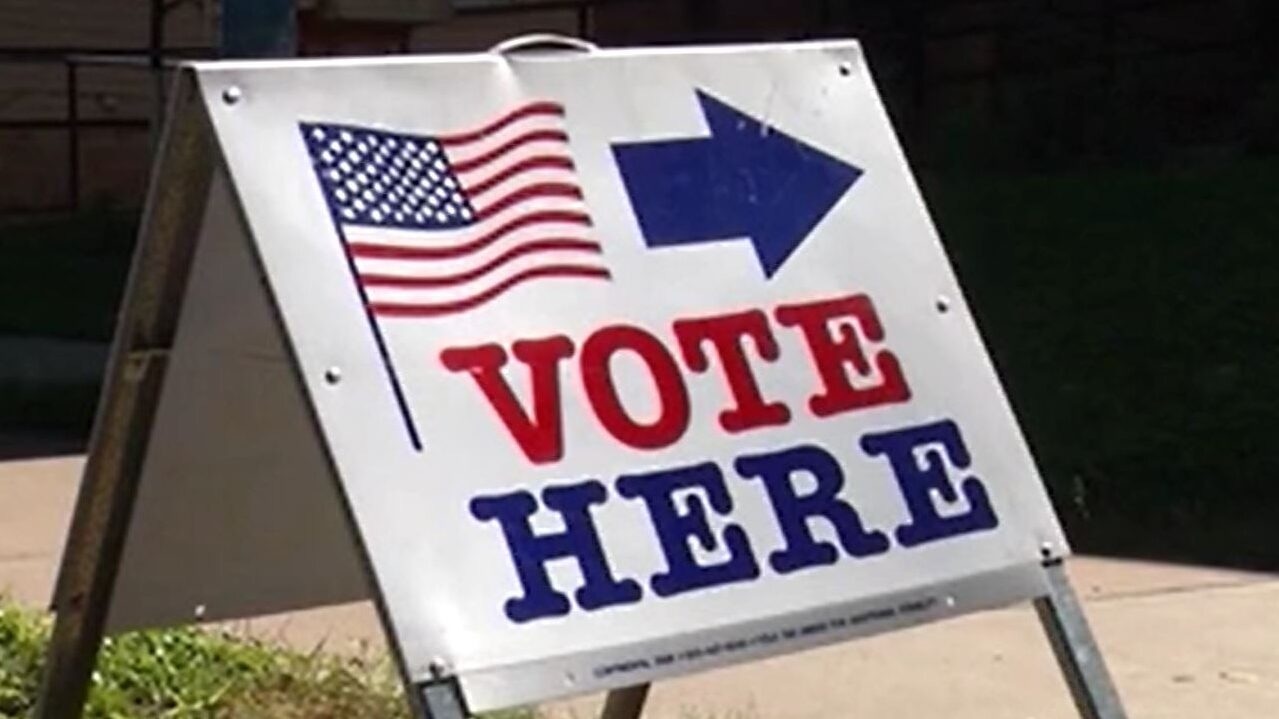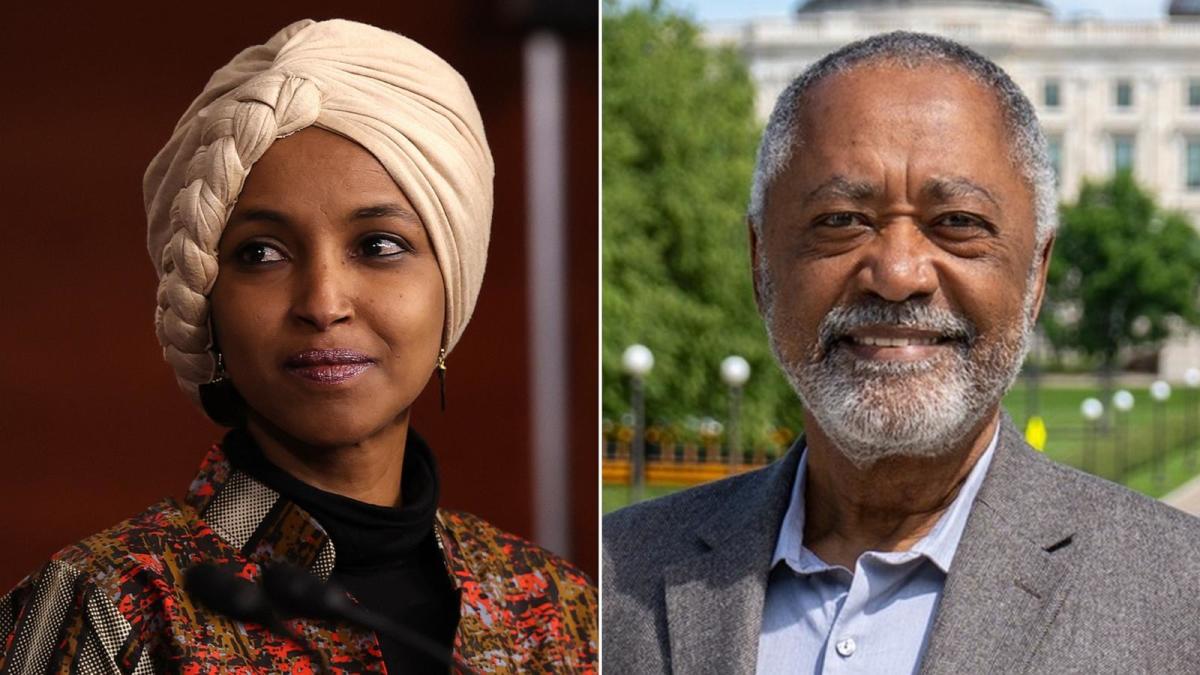Minnesota Primary Election History: Minnesota Primaries
The Minnesota primary elections, like the echoes of a fading song, whisper tales of political shifts and voter participation. Each primary, a chapter in the state’s political narrative, reveals the evolving landscape of Minnesota’s political landscape.
Timeline of Significant Minnesota Primary Elections
This timeline offers a glimpse into pivotal Minnesota primary elections, showcasing key events and their lasting impact on the state’s political landscape.
- 1912: The Progressive Party, spearheaded by Theodore Roosevelt, emerged as a significant force in Minnesota politics, challenging the Republican Party’s dominance. This primary witnessed a fierce contest between Roosevelt and William Howard Taft, reflecting the growing discontent with the existing political order.
- 1960: The Democratic-Farmer-Labor Party (DFL) gained momentum in Minnesota, capturing the governorship with the election of Orville Freeman. This primary marked a turning point, signifying the DFL’s rise as a dominant political force in the state.
- 1976: The primary witnessed a close contest between Walter Mondale and Hubert Humphrey for the Democratic nomination for President. This primary highlighted the enduring legacy of Humphrey’s political influence in Minnesota and the emergence of Mondale as a prominent figure in national politics.
- 1988: Jesse Ventura, a former professional wrestler, shook the political landscape by securing the Reform Party nomination for governor. This primary signaled the rise of outsider candidates and the growing appeal of populist movements in Minnesota politics.
- 2008: Barack Obama’s presidential campaign gained significant traction in Minnesota, securing a resounding victory in the Democratic primary. This primary reflected the changing demographics of the state and the increasing appeal of progressive ideals.
Voter Turnout in Minnesota Primaries
Voter turnout in Minnesota primaries has fluctuated over time, reflecting factors such as the competitiveness of the races and the level of public interest in the election.
- Historically Low Turnout: Minnesota primaries have historically witnessed lower voter turnout compared to general elections. This trend can be attributed to a combination of factors, including a lack of perceived importance of primaries, the absence of high-profile contests, and voter apathy.
- Increased Turnout in Recent Years: In recent years, however, there has been a notable increase in voter turnout in Minnesota primaries, particularly during high-stakes presidential election cycles. This surge in participation can be attributed to the heightened public interest in national politics and the growing awareness of the importance of primaries in shaping the political landscape.
Primary Systems in Minnesota, Minnesota primaries
Minnesota has experimented with different primary systems over time, each with its own advantages and disadvantages.
- Open Primary: An open primary allows voters to choose a party’s ballot, regardless of their own party affiliation. This system promotes voter choice but can lead to strategic voting, where voters from one party may choose a weaker candidate in another party’s primary.
- Closed Primary: A closed primary restricts voting to registered members of a specific party. This system ensures party loyalty but limits voter choice and can exclude independent voters from participating in the primary process.
- Semi-Closed Primary: A semi-closed primary allows registered members of a specific party to vote in that party’s primary, while also allowing unaffiliated voters to choose a party’s ballot. This system balances party loyalty with voter choice but can create complexities in voter registration and ballot selection.
Key Candidates and Issues in the 2023 Minnesota Primaries

The 2023 Minnesota primaries are shaping up to be a crucial test for the state’s political landscape. With a diverse range of candidates vying for office, the races are likely to be fiercely contested, fueled by a confluence of issues that are deeply resonant with voters. This election cycle will be a reflection of the state’s changing demographics, evolving economic realities, and ongoing social and political tensions.
Candidates and their Positions
The Minnesota primaries are attracting a diverse field of candidates, each with their own unique perspectives and campaign strategies. The races are largely focused on issues such as healthcare, education, and the environment, with candidates vying for the support of voters who are deeply concerned about these matters.
- Governor: The race for governor is expected to be particularly competitive. Incumbent Governor Tim Walz, a Democrat, is seeking re-election, facing a challenge from several Republican candidates. The candidates are likely to debate issues such as the state’s response to the COVID-19 pandemic, the economy, and education.
- United States Senate: The race for the U.S. Senate is another key contest in the 2023 Minnesota primaries. Incumbent Senator Amy Klobuchar, a Democrat, is seeking re-election. She faces challenges from several Republican candidates, including former state senator, Scott Jensen. The candidates are likely to debate issues such as healthcare, the economy, and national security.
- United States House of Representatives: Several seats in the U.S. House of Representatives are up for grabs in the 2023 Minnesota primaries. The races are likely to be competitive, with candidates from both major parties vying for the support of voters. The candidates are likely to debate issues such as healthcare, the economy, and immigration.
Prominent Issues
The 2023 Minnesota primaries are likely to be influenced by a range of issues that are deeply concerning to voters. These include:
- Healthcare: Healthcare is a top issue for voters in Minnesota, as it is in many other states. The candidates are likely to debate issues such as access to affordable healthcare, the role of government in healthcare, and the future of the Affordable Care Act.
- Education: Education is another key issue for voters in Minnesota. The candidates are likely to debate issues such as funding for public schools, teacher pay, and school choice.
- The Economy: The economy is a perennial issue in elections, and the 2023 Minnesota primaries are likely to be no different. The candidates are likely to debate issues such as jobs, wages, and taxes.
- Climate Change: Climate change is an increasingly important issue for voters in Minnesota. The candidates are likely to debate issues such as the state’s response to climate change, the role of government in addressing climate change, and the future of renewable energy.
Impact of Issues on the Outcome
The issues that are most important to voters in the 2023 Minnesota primaries are likely to have a significant impact on the outcome of the elections. The candidates who are able to effectively address these issues and connect with voters on a personal level are likely to be the most successful. The candidates who are seen as being out of touch with the concerns of voters or who lack a clear vision for the future are likely to struggle.
Impact of the Minnesota Primaries on the National Political Landscape

The Minnesota primaries, while seemingly confined to the state’s borders, can ripple outwards, influencing the national political landscape in ways both subtle and significant. Their outcomes can shape the national conversation, particularly in the lead-up to the general election, and provide insights into the prevailing political sentiment across the country.
Minnesota’s Role in National Political Trends
Minnesota, known for its historical lean towards the Democratic Party, holds a unique position in the national political landscape. While its electoral college votes are not as numerous as larger states, its consistent voting patterns and its status as a battleground state in recent elections make it a crucial bellwether for national trends. The outcomes of Minnesota’s primaries can signal the national mood, providing valuable insights into the issues and candidates that resonate with voters across the country.
Impact on National Discourse
The Minnesota primaries can also influence the national discourse surrounding key issues. The candidates’ positions on these issues, debated and scrutinized during the primaries, often set the stage for national discussions. For example, if a candidate in the Minnesota primaries emphasizes a particular stance on healthcare reform or climate change, this could spark national conversations and potentially influence the national agenda.
Yo, the Minnesota primaries were kinda lit, right? Like, tons of people were voting, it was crazy. I saw this article about Ilhan Omar’s exit polls that gave me the lowdown on what’s up with the political scene in Minnesota.
Apparently, it’s all about the economy and healthcare, which is kinda what everyone’s talking about these days. So yeah, the primaries were wild, and the results are gonna be interesting to see!
Yo, the Minnesota primaries are happening, and it’s like, a big deal, man. Like, who’s gonna be the next big shot in the state? Check out this article, minnesota primaries , to see what’s going down. It’s gonna be crazy, so you gotta stay updated, ya know?
